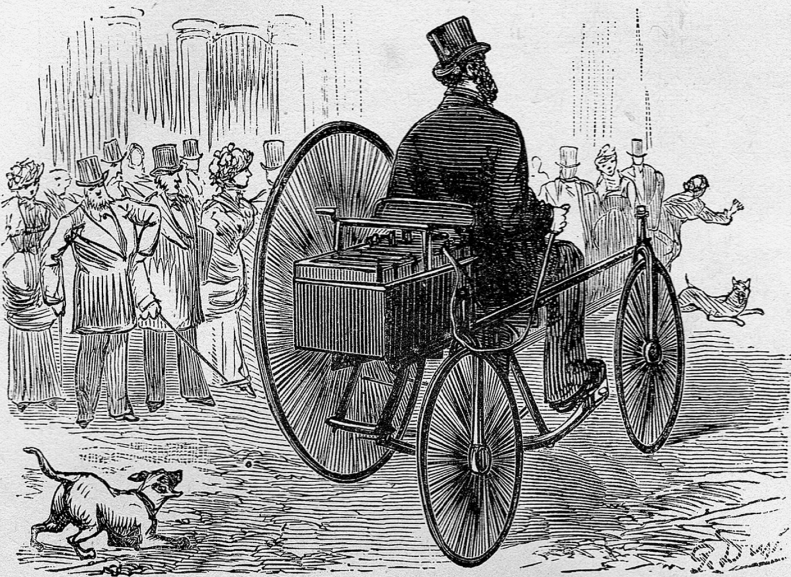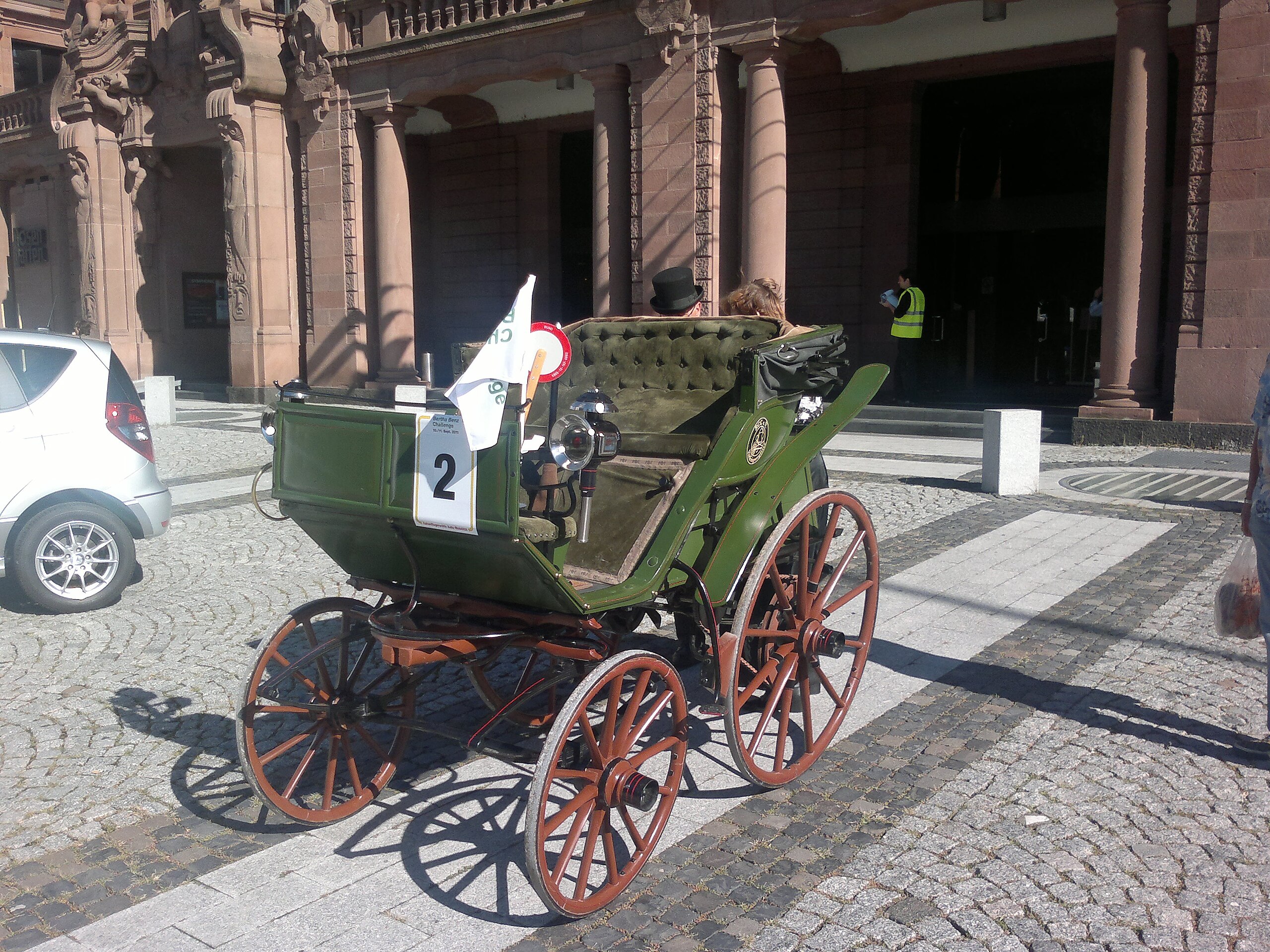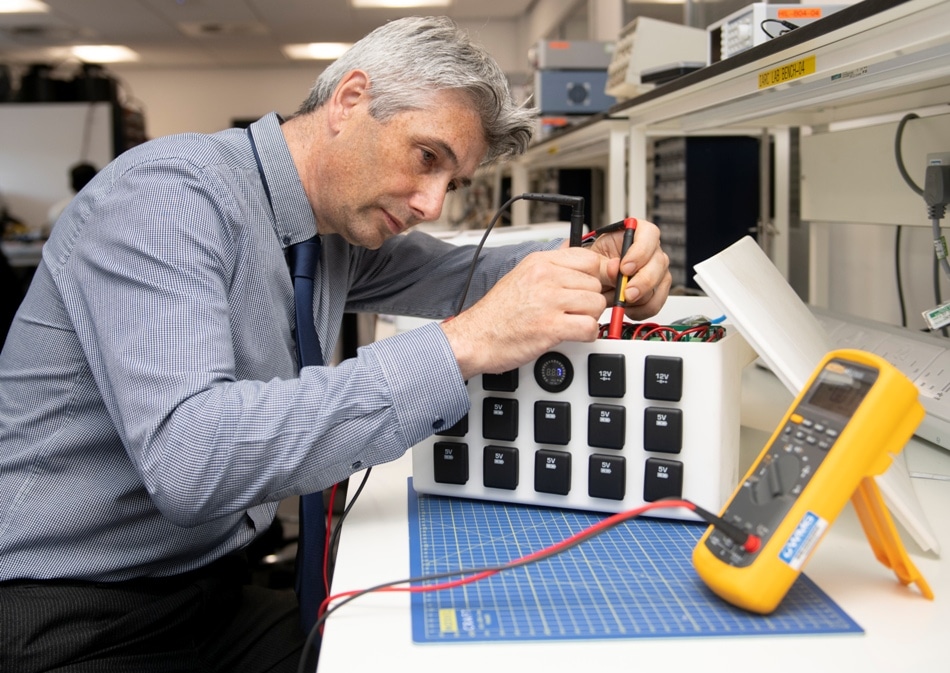10
A Brief History of the Electric Vehicle
Electric vehicles first appeared in the mid-19th century. An electric vehicle held the vehicular land speed record until around 1900. The high cost, low top speed, and short-range of battery electric vehicles, compared to 20th century internal combustion engine vehicles, led to a worldwide decline in their use as private motor vehicles until a resurgence of research and investment in the 21st century
!mp4=https://warwick.ac.uk/fac/sci/wmg/testpmc/experiments/storycanvas/canvas-contents/traffic.mp4









